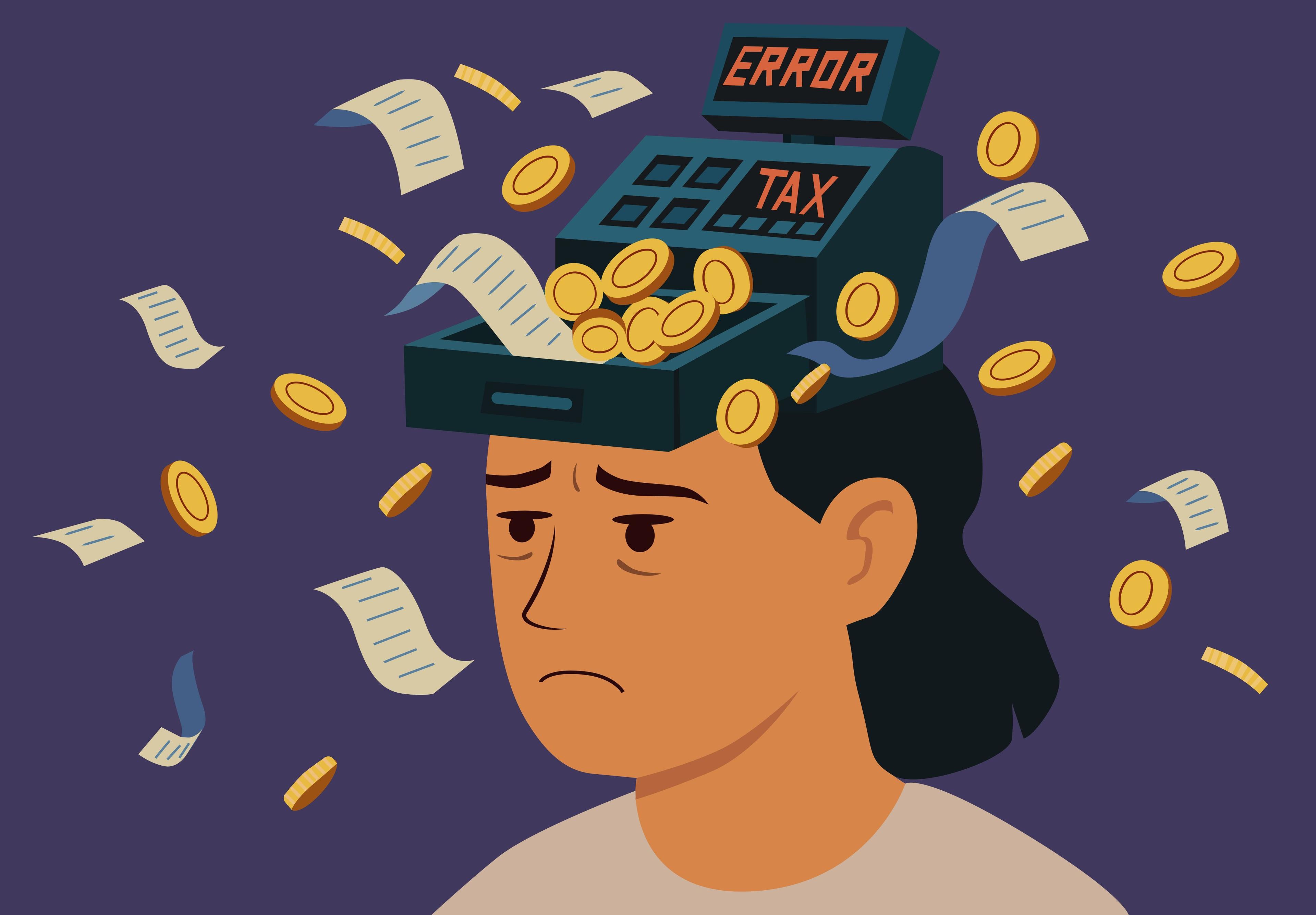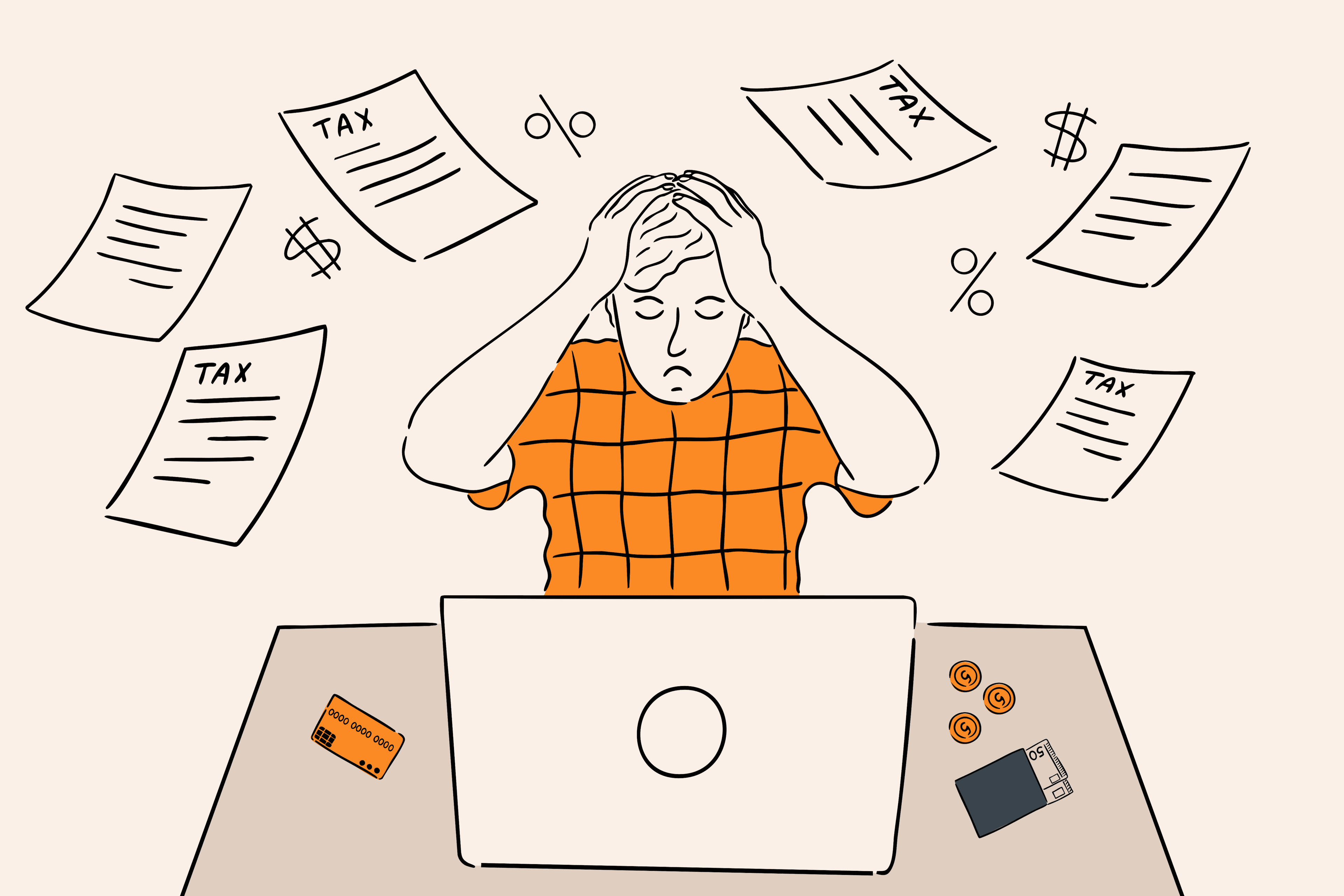A good trading portfolio rarely looks flashy. It looks calm, intentional, and a little ordinary at first glance. That quiet surface hides a clear purpose. The portfolio exists to serve a life outside the screen. It is built to add return without putting a family plan or a future goal at risk. It relies on rules that you can follow on busy days as well as on quiet ones. It respects time and attention as real constraints. It accepts that markets are noisy and that emotions become loud when money moves quickly. The portfolio survives by turning uncertainty into a process that can run even when you are not staring at the tape.
The best place to start is with role and timeline. If trading is a side activity that sits beside a career and family obligations, then the portfolio should behave like an auxiliary engine. It should not demand constant fuel or constant repairs. Retirement savings, emergency cash, insurance, and medium term goals like housing or children’s education form the hull of the ship. The trading sleeve is the sail that can catch extra wind when conditions are right. When you think of the portfolio this way, you immediately reduce the pressure that often sabotages decision making. You stop asking trading to carry your whole financial life. You let it be useful without letting it be dangerous.
Structure flows from that idea. Imagine two buckets on the same shelf. One bucket holds a simple core allocation that you review infrequently. It might be global equity exposure through low cost funds, balanced with high quality bonds, and spread across regions so that you are not anchored to one economy. The other bucket is smaller and more active. It is where trading occurs. The small bucket must respect strict rules. It is not allowed to overflow. When it does well, you pour some of the gains back into the core bucket. When it struggles, you do not let it drain the core. This arrangement turns exuberance into reinforcement for the long term plan and turns drawdowns into contained lessons instead of life changing setbacks.
Within the active sleeve, position sizing is the habit that does the quiet heavy lifting. Portfolios often fail not because of bad ideas, but because of oversized ideas. A simple constraint turns chaos into control. Decide the maximum percentage of the trading sleeve that you will risk on any single position. Decide it once, write it down, and live with it. If the sleeve is one fifth of your investable assets and you risk one percent of that sleeve per trade, your dollar risk becomes a fixed number. The distance between entry and stop then determines how many shares or contracts you can own. This process removes the seductive guesswork that leads to overconfidence on some days and timidity on others. It dulls the emotional spikes that prompt rash decisions. It makes each loss a known cost of doing business rather than a personal failure.
True diversification for a trader is not a matter of owning several tickers. Five technology names that move together do not create safety. They create the illusion of safety. What you want is variety in the drivers of return. You might hold an index trend position that follows multi week momentum. You might run a mean reversion setup in liquid large caps that seeks quick bounces from stretched moves. You might place an event oriented trade when earnings or index rebalances create temporary dislocations. You might maintain a small commodity exposure in a heavily traded contract that tends to respond to different macro shocks than equities. You might diversify by time frame, so that you hold a couple of positions with weeks long horizons and keep a few small positions that resolve within days. The goal is to avoid a situation where everything wins or loses together for the same reason.
Liquidity is a quiet form of protection. A liquid instrument lets you change your mind without asking the market for permission. That usually means large and mid cap equities with healthy volume, liquid exchange traded funds, major futures and currency pairs, and options on names with tight spreads and credible open interest. Illiquidity turns small errors into large ones because slippage and spreads eat into exits when you can least afford it. Before you trade an instrument, check average daily volume and the bid ask spread. Compare your intended size to typical trade sizes. If you need the kindness of strangers to exit gracefully, the instrument does not belong in a portfolio that must function during a workday or a family dinner.
Rules for exits are as important as rules for entries. A plan that only states how you get in is a plan that invites improvisation when stress spikes. Decide where the trade is wrong before you place it. Put the protective stop at that level. Decide where you take partial profits. Decide how you will trail a winner if it starts to run. Use conditional orders so that your plan can execute while you are in a meeting. Refuse the temptation to move a stop further away in the hope that price will return. That habit converts a small planned loss into a large unplanned one. When a stop is hit, you have not failed. You have paid the pre agreed fee to discover that this particular idea did not work.
Over time, portfolios drift. Winners grow large. Losers shrink. A good trading portfolio resists drift through periodic rebalancing. Review monthly or quarterly. Trim oversized positions back to their target weights. Top up the core bucket when the active sleeve expands beyond its intended share. Do not top up the trading sleeve from the core after a losing streak. Treat new capital for trading as a reward for consistent process and consistent results, not as a rescue mission. This discipline prevents a hot run from turning into hidden concentration and protects you from chasing losses with bigger bets that you would never have allowed yourself in a calmer moment.
Taxes and local rules should not dictate every decision, but they do matter. Different jurisdictions treat capital gains, dividends, and derivatives in different ways. Your holding period and your choice of instrument can change your outcome at reporting time. Keep records that are clear and simple. If two tactics have similar expected value, prefer the one that reduces tax complexity and frictions. Simplicity is underrated as a stress reducer, and stress is a silent performance cost.
Costs compound just like returns. They are less visible but no less real. Use low expense ratio instruments in the core so that you do not donate basis points every month to management fees. In the active sleeve, pay attention to commissions, spreads, borrow fees, and option pricing. Some strategies look appealing on paper but depend on frequent turnover. Ask yourself whether the edge survives after every cost is included. Many traders improve results not by finding a new signal, but by removing a leak in the boat. Better entries that reduce slippage, fewer trades that reduce commissions, and a move from illiquid names to liquid ones can raise net performance without increasing risk.
Good process demands a record of what actually happened. Keep a plain log of each trade with entry, stop, target, size, and the short reason for the idea. Note any external conditions that might have influenced your mindset, such as fatigue, stress at work, or a distracting news cycle. At the end of each month, review more than the profit and loss. Ask whether you respected your risk rule on every position. Ask whether you obeyed your stops. Ask whether your ideas clustered in one sector without you noticing. Ask which setup delivered results and which setup consistently underperformed. A half hour spent on this review often reveals one small change that lifts the next month more than any new tool or indicator.
Attention is a limited resource. If you have a full life, you cannot manage twenty open positions with care. You may not even be able to manage ten. The right number of positions is the number that you can monitor calmly and review without hurry. It is better to hold five trades that you truly understand than a larger set that you juggle poorly. Use alerts that tell you when price reaches a level that matters, when volume surges, or when news breaks. Decide your response before the alert sounds. The less you need to invent in the moment, the better your decision quality will be.
Leverage deserves a measured approach. A margin account can expand your toolkit and allow efficient access to futures or options. It can also increase the pace at which mistakes compound. Tie leverage to your fixed risk rule rather than to a desire to swing bigger. Maintain the same one percent risk per trade on the sleeve and allow leverage only to access instruments that require it. Keep sufficient cash or cash equivalents elsewhere in the portfolio. Used this way, leverage increases flexibility without expanding the maximum loss you can suffer on a single idea.
Life does not stand still, and a portfolio should not pretend that it does. A new job, a new child, a move to a new country, or a change in income stability alters your attention, your energy, and your appetite for risk. When your available time shrinks, lengthen your trade horizon and reduce the number of concurrent positions. When your savings rise, raise the size of the core before you raise the size of the active sleeve. When your income becomes variable, increase your cash buffer and reduce your trading frequency. Money management is not a rigid structure. It is a series of small recalibrations that keep the plan aligned with the life it serves.
Curiosity has a place in a serious portfolio, but it needs a safe corner. Keep a tiny sandbox allocation for experiments. Make it small enough that a complete loss would not ruin a week or a month. Use this sandbox to explore new markets, new strategies, or new tools. Keep notes on what you learn. Only after repeated, consistent results should a new method graduate into the main sleeve. Curiosity handled this way keeps you growing without pressuring the portfolio to prove something. When a portfolio tries to prove something, it often takes risks that it should not take.
Psychology deserves a seat at the table because it will intrude whether you acknowledge it or not. Markets lure you into over trading after wins and into revenge trading after losses. A few written guardrails can make a difference. You can decide that after three losing trades in a row you will pause for one full day and review rather than place a fourth trade. You can decide that you will not exceed a fixed number of open positions. You can decide that you will never add to a loser unless a predefined condition is met, and then only once. These are modest constraints. They turn volatile emotions into small, predictable actions. Over time, they keep the account steady enough for skill to matter.
If you deal with multiple currencies or plan to move between countries, simplify performance tracking. Choose a base currency for reporting. Convert results into that currency at review time. This keeps currency swings from obscuring whether the strategy itself works. Prefer platforms and instruments that you can access across borders and that provide clear statements. Portability is a form of risk control. It reduces the chance that administrative friction will disrupt your process.
All of these elements come together in a portfolio that looks simple in the best way. It is transparent. It uses liquid instruments. It has firm boundaries on risk per trade and on total exposure. It diversifies by real drivers rather than by ticker count. It rebalances on a schedule. It pays attention to costs and to taxes without letting either dominate the mission. It keeps honest records. It adapts as life changes. It lets you experiment in a small, safe space. It treats psychology as a factor to be managed rather than as a mystery to be feared.
If you are building from nothing, start with the core bucket. Create a quiet mix of global equities and high quality bonds that matches your tolerance for volatility and your time horizon. Add a modest trading sleeve on top and fund it gradually. Fix a risk rule that limits loss on any single position to a small fraction of that sleeve. Write down three simple strategies that you understand, that fit your schedule, and that you can execute with liquid instruments. Place protective stops where the idea is wrong. Use alerts and conditional orders so that your plan runs during normal life. Review monthly. Rebalance quarterly. Increase trading capital only after a period of consistent, rule based performance.
In the end, a good trading portfolio does not try to impress anyone. It tries to be reliable. It gives you room to participate in markets without asking you to surrender your attention or your sleep. It is a living system that holds a few firm ideas at its center and that evolves at the edges as you learn. It is quiet enough to coexist with the rest of your life. It is clear enough that you always know what to do next. When you feel lost or overwhelmed, return to one simple question. What is my portfolio supposed to do for me this year. If the answer stays clear, the next decision often becomes obvious. If the answer feels scattered, slow down, review your rules, and rebuild the structure before you press another button. Consistency beats drama. With that calm foundation, the portfolio can both perform and protect, which is the real work of a good trading portfolio.







.jpg&w=3840&q=75)




.jpg&w=3840&q=75)

